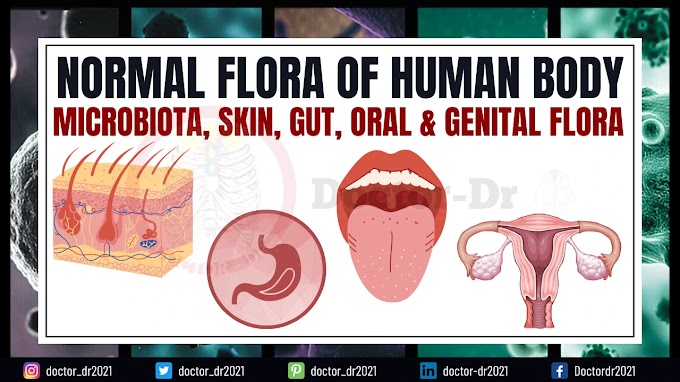Table of Content:
- The Challenge of Heart Failure
- The Role of Hmga1 in Heart Regeneration
- How Hmga1 Works: Removing Molecular Barriers
- Testing Hmga1 in Mammals
- Implications for Human Therapy
- Collaborative Research
- Reference
Researchers at the Hubrecht Institute have achieved a groundbreaking milestone in regenerative medicine. They successfully repaired damaged mouse hearts using Hmga1, a protein derived from zebrafish. This discovery highlights the potential for unlocking dormant repair genes in mammals without causing adverse effects like heart enlargement. The study, published in Nature Cardiovascular Research, paves the way for innovative therapies to prevent heart failure.
The Challenge of Heart Failure
After a heart attack, the human heart loses millions of muscle cells that do not regenerate, often leading to heart failure. Unlike humans, zebrafish possess an extraordinary ability to regrow heart muscle cells, fully restoring heart function within 60 days of injury.
"We are unraveling the mechanisms behind zebrafish heart regeneration to understand why some species can repair their hearts while others cannot," says study leader Jeroen Bakkers. "Our goal is to translate these findings into therapies for human heart failure."
The Role of Hmga1 in Heart Regeneration
The research team identified the Hmga1 protein as a critical factor in heart repair. "We compared the zebrafish heart to the mouse heart, which cannot regenerate, and found that the Hmga1 gene is activated in zebrafish but remains dormant in mice," explains Dennis de Bakker, the study’s first author.
Hmga1 is essential during embryonic development when rapid cell growth is necessary. However, in adult cells, the gene responsible for producing Hmga1 becomes inactive.
How Hmga1 Works: Removing Molecular Barriers
Hmga1 enables heart regeneration by removing molecular "roadblocks" on chromatin—the structure that packages DNA. "When chromatin is tightly packed, genes remain inactive. Hmga1 unpacks it, reactivating dormant genes for repair," says Mara Bouwman, co-first author.
Testing Hmga1 in Mammals
To test its efficacy in mammals, the researchers applied Hmga1 to damaged mouse hearts. The results were remarkable:
- Heart muscle cells in damaged areas began to divide and grow, significantly improving heart function.
- Cell division was localized to the damaged tissue, avoiding unwanted effects like heart enlargement.
"This targeted response suggests that damage itself triggers the repair process," Bouwman notes.
Implications for Human Therapy
Although Hmga1 is inactive in adult human hearts, it is active during embryonic development, similar to mice. This discovery provides a foundation for developing gene therapies to activate the heart’s regenerative potential in humans.
"The next step is testing the protein’s effectiveness on human heart muscle cells in the lab," says Bakkers. Collaborative efforts with UMC Utrecht under the 2025 Summit program (DRIVE-RM) aim to refine these findings for clinical applications.
Collaborative Research
This study was a joint effort involving multiple institutions under the OUTREACH consortium, funded by the Dutch Heart Foundation and Hartekind Foundation. "Collaborating with experts in mouse research allowed us to translate zebrafish findings to mammals, moving closer to human applications," says Bouwman.
Conclusion
The discovery of Hmga1’s role in heart regeneration is a significant leap forward in regenerative medicine. While further research is necessary, this study opens doors to developing safe, targeted therapies for heart failure, ultimately improving patient outcomes.
Reference:
Bouwman, M., de Bakker, D.E.M., Honkoop, H., et al. "Cross-Species Comparison Reveals Hmga1 Reduces H3K27me3 Levels to Promote Cardiomyocyte Proliferation and Cardiac Regeneration." Nature Cardiovascular Research, 2025. DOI: 10.1038/s44161-024-00588-9.



~1.webp)




